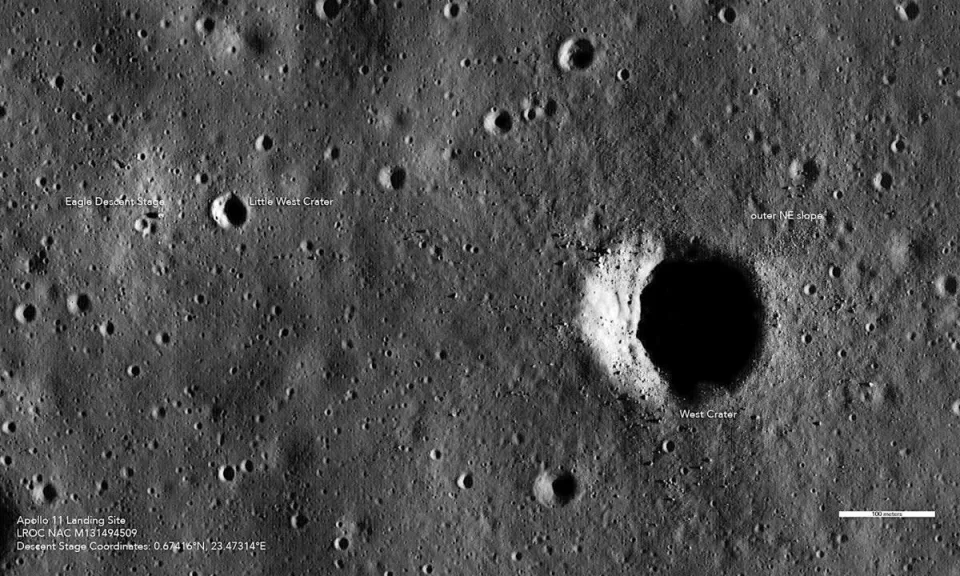The research, published on Wednesday in the journal Science Advances, assessed peculiar glass beads formed on the Moon that point to key craters created on the lunar surface by high-velocity meteorite impacts.
Scientists, including those from the Chinese Academy of Geological Sciences, say the findings shed more light on the range of space rock collisions that bodies in the inner Solar System endure.
Analysing the silicate glass beads, researchers could open a window into the history of meteorite impacts on the Moon.
They analysed 215 silicate glass samples taken from the Moon during the Chinese space agency’s Chang’e-5 mission.
Researchers categorised the samples based on their uranium-lead isotopic dates and chemical compositions to determine whether they were formed by volcanic activity or via meteorite impact.
Based on the analysis, they say the silicate glass was created by meteorite impacts into the basalt unit surrounding the Chang’e 5 landing site.
The study found that the impacts resulted in craters between 100 and 1,300m in diameter and ejecta temperatures reaching between 827 and 1,427°C.
Scientists say the impacts may have potentially spewed these glass beads at distances more than 150km upon impact
☄️ @CurtinMedia say they found asteroid impacts on the Moon millions of years ago coincided precisely with some of the largest meteorite impacts on Earth
🦖Such as the one that wiped out the dinosaurshttps://t.co/zotNB3xUMj pic.twitter.com/8IqCOPq7Ix
— Australian Science Media Centre (@AusSMC) September 29, 2022
Researchers say both the timing and the frequency space rock impacts on the Moon likely mirror such asteroid strikes on Earth.
Some of the craters, they say, were formed around 66 million years ago, coinciding “precisely with the ages of the terrestrial Chicxulub impact crater” beneath the Yucatan Peninsula – known to have formed from the asteroid impact that led to the demise of the dinosaurs.
While scientists acknowledge that this may be coincidental, and that the space rock that produced the Chicxulub crater might not have produced smaller accompanying asteroids, they say it would “not be unreasonable” to suspect that a cluster of craters formed on the Moon the same time the dinosaur-killing rock impacted Earth.
“In any case, this suggests an episode of perturbations that delivered impactors to the inner solar system, in which case an enhanced flux to the Moon at this time would be expected,” researchers wrote.




GIPHY App Key not set. Please check settings